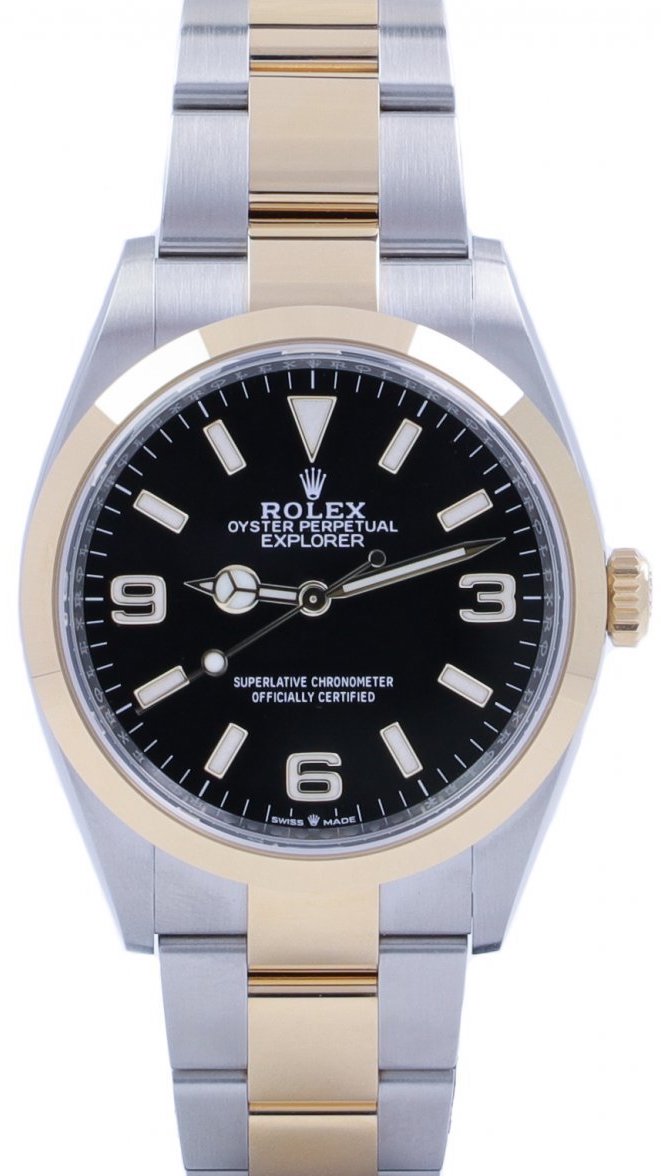
Complete List of Rolex Explorer Models & Production Years
The Rolex Explorer is one of Rolex’s most iconic models. The model has been in production for about 70 years and has undergone numerous changes, improvements, and upgrades throughout this period.
The Rolex Explorer was launched in 1953 and its name has a close association with the purpose and concept being the development of this watch. During this period, Explorers and mountaineers needed trusted, robust, and durable partners that they could wear when mountain climbing. And considering the harsh conditions that this activity involves, the watch needed to be tough and extremely durable. Rolex started developing prototypes for what would eventually lead up to the creation of the Explorer in 1952.
Rolex Explorer history & background
The major starting point of this was when Sherpa Tenzing Norgay, together with New Zealander Sir Edmund Hillary wore these prototypes when they made the first successful ascent of Mount Everest on the 29th of May 1953. The climbing of the highest point in world – Mount Everest had been attempted many times before – and many had died trying. But the climbers were determined in succeeding, and Rolex wanted to be associated with the success that this would involve if they did. For Rolex, having their watches worn by the men who were first to ever climb the tallest mountain in the world would of course be a huge feat.
For the climb, Rolex had provided what is today known as “Pre-explorers”, basically, Explorer prototypes for their journey. The watches provided to them by Rolex were the Rolex reference 6098 big bubble back watches. These were at their core Oyster Perpetual watches in a larger size. Due to the addition of a rotor for the movement, Rolex, instead of rebuilding the case, added a larger case back to fit the rotor, which resulted in the nickname “bubble back”. The movement powering this watch was the A296 perpetual movement. This movement was Chronometer rated and the expedition for which they were used helped give Rolex valuable insight into how they performed in seriously demanding environments.
According to Revolutionwatch, “Rolex provided twenty 6098s for the team in two batches (the first seven in 1952 to the advance research team and the second batch of thirteen to the remaining expedition members who hadn’t been on the research trip the year before).”
For Rolex, the success of the mountain climb was the ultimate testimony for the performance of this watch. Rolex had been able to prove that this Rolex watch was able to withstand the most extreme conditions for the most demanding activities.
The successful expedition officially gave birth to the new Explorer collection and the reference 6350 launched in 1953 became the first watch to feature the “Explorer” text on the dial. For references 6150 and 6350, Rolex introduced the 3-6-9 dial which is a distinct and iconic feature of the Explorer that is still used to this very day.
In the following years and decades, Rolex would come to release a number of new references and iterations of the Explorer. And in the early days – just like with many of its other models, these watches can often be found with a number of different designs and styles even if they carry the same references. For example, some have black dials, others have white. Some have a honeycomb pattern, others are matte. Furthermore, some watches used regular pencil shape hands and others have Mercedes-style hands.
Unlike today, Rolex’s watch productions were not as clear-cut as they are today, where you have basically the same design throughout the whole production life of a reference (with some exceptions). The result of this is that there are many different Explorer watches with lots of different style variations available on the market. This is also what makes early Rolex Explorer watches so attractive for collectors, who can look for specific unique and rare versions. Furthermore, it also makes the early Rolex Explorer history particularly interesting.
In 1971, Rolex expanded the Explorer family by releasing the Explorer II reference 1655. Unlike all the other Explorers, this was developed with a 24-hour bezel and a second hour hand. The watch was developed for spelunkers (cave divers) and Speleology use. Thanks to the addition of the 24-hour clock, the users would be able to distinguish between night and day whilst inside a cave where the sun does not shine. The addition of the Explorer II made the Explorer family even more functional and practical.
One example of the different iterations and variations that Rolex made is the reference 5500. Initially, this reference was released as an Air-King. But simultaneously, Rolex also offered reference 5500 with a 3-6-9 Explorer dial, technically making it an Explorer. This is despite the fact that technically, and internally, the watches are identical. This type of thing is unthinkable for Rolex today, but not completely uncommon back in the days. This would be like changing the dial of a Submariner 126610LN, printing “Sea-Dweller”, and then calling it a Sea-Dweller without changing any of its components.
To get an understanding of the background and history of the Rolex Explorer, let’s have a look at all of the Rolex Explorer models below.
List of Rolex Explorer Models
Explorer 6150: 1953 (pre-explorer)
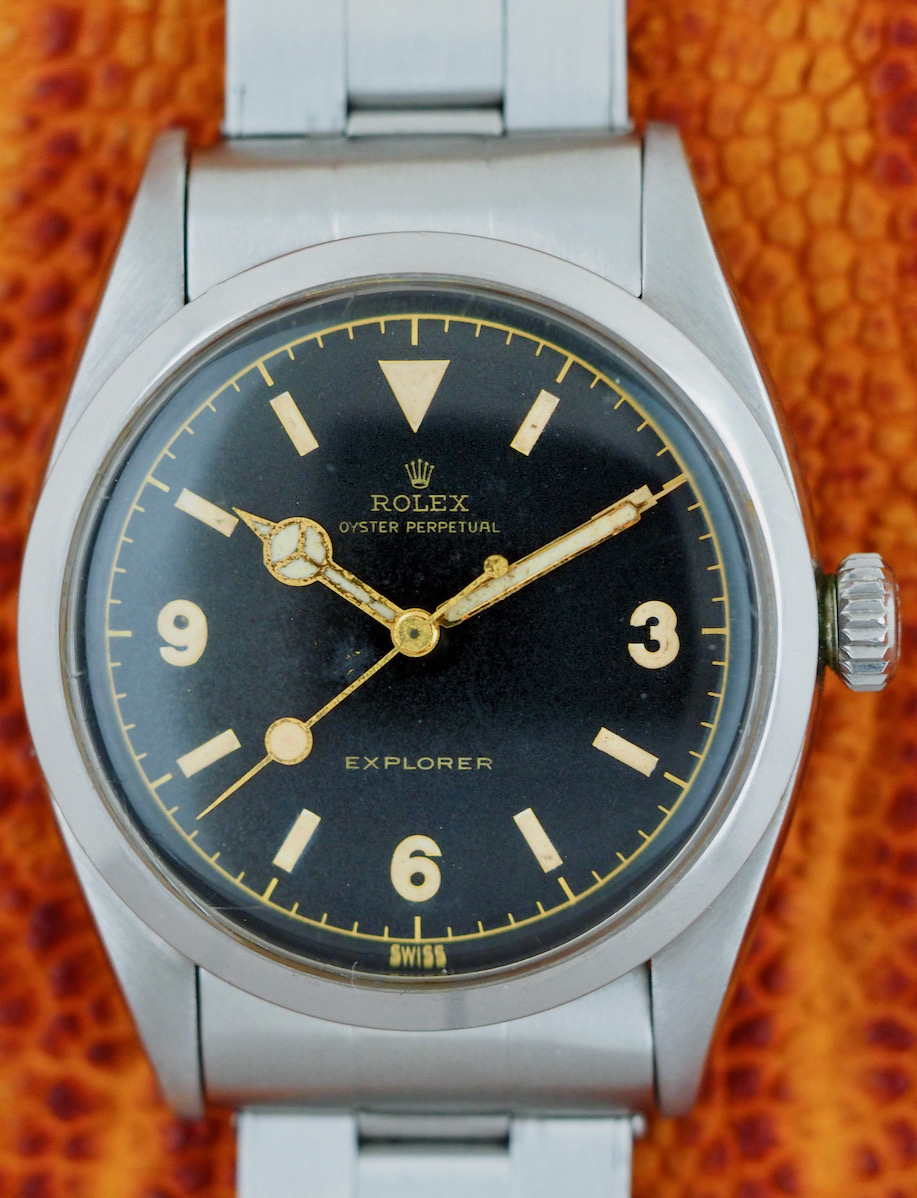
Explorer 6350: 1953-1955
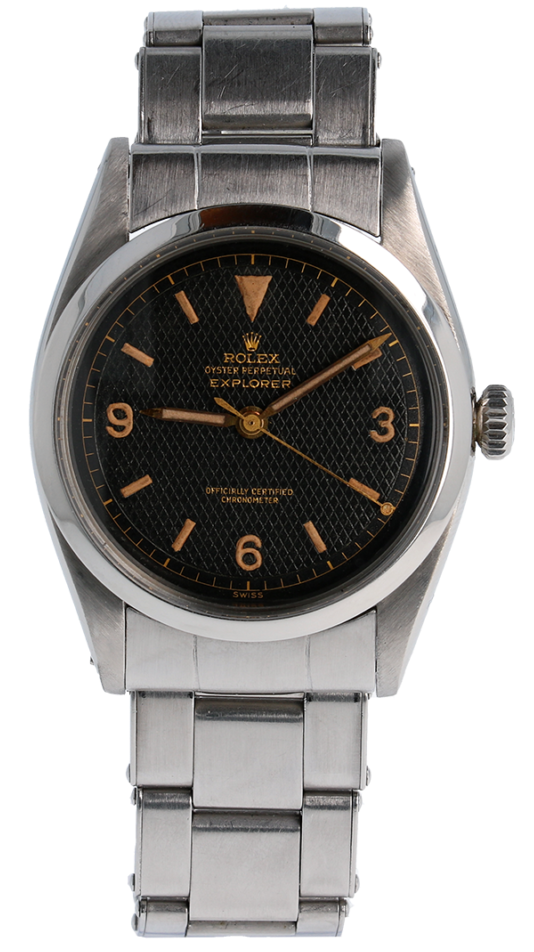
Explorer 5518/0: 1962-1964

Explorer 6610: 1955-1959
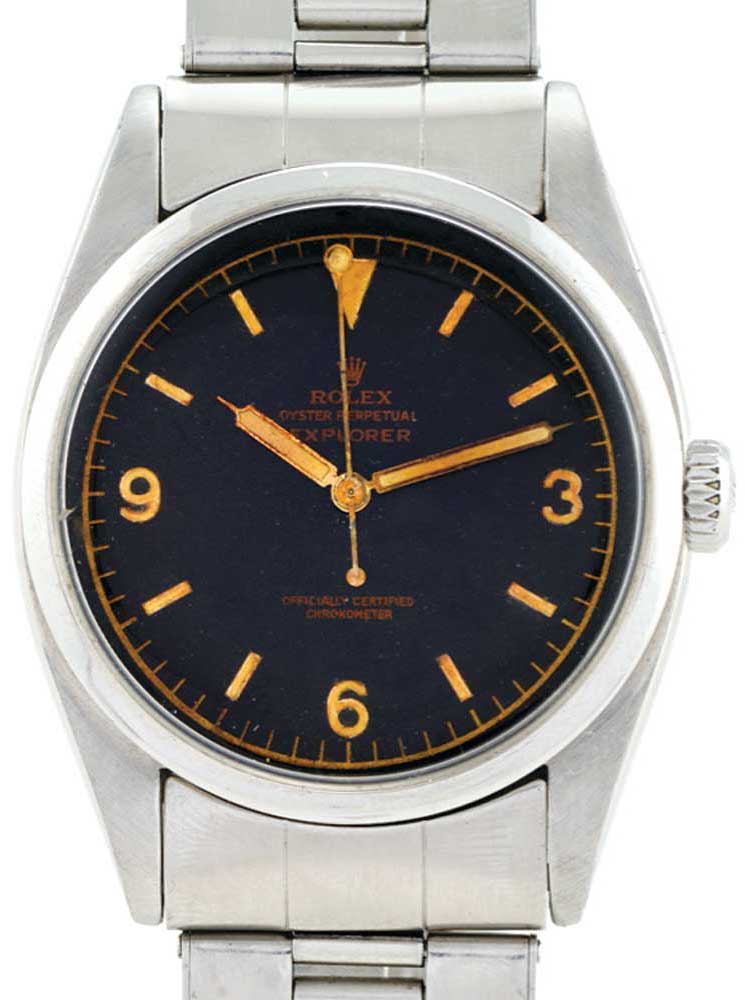
Explorer 1016/0: 1960-1990

Explorer 5500: 1958-1967
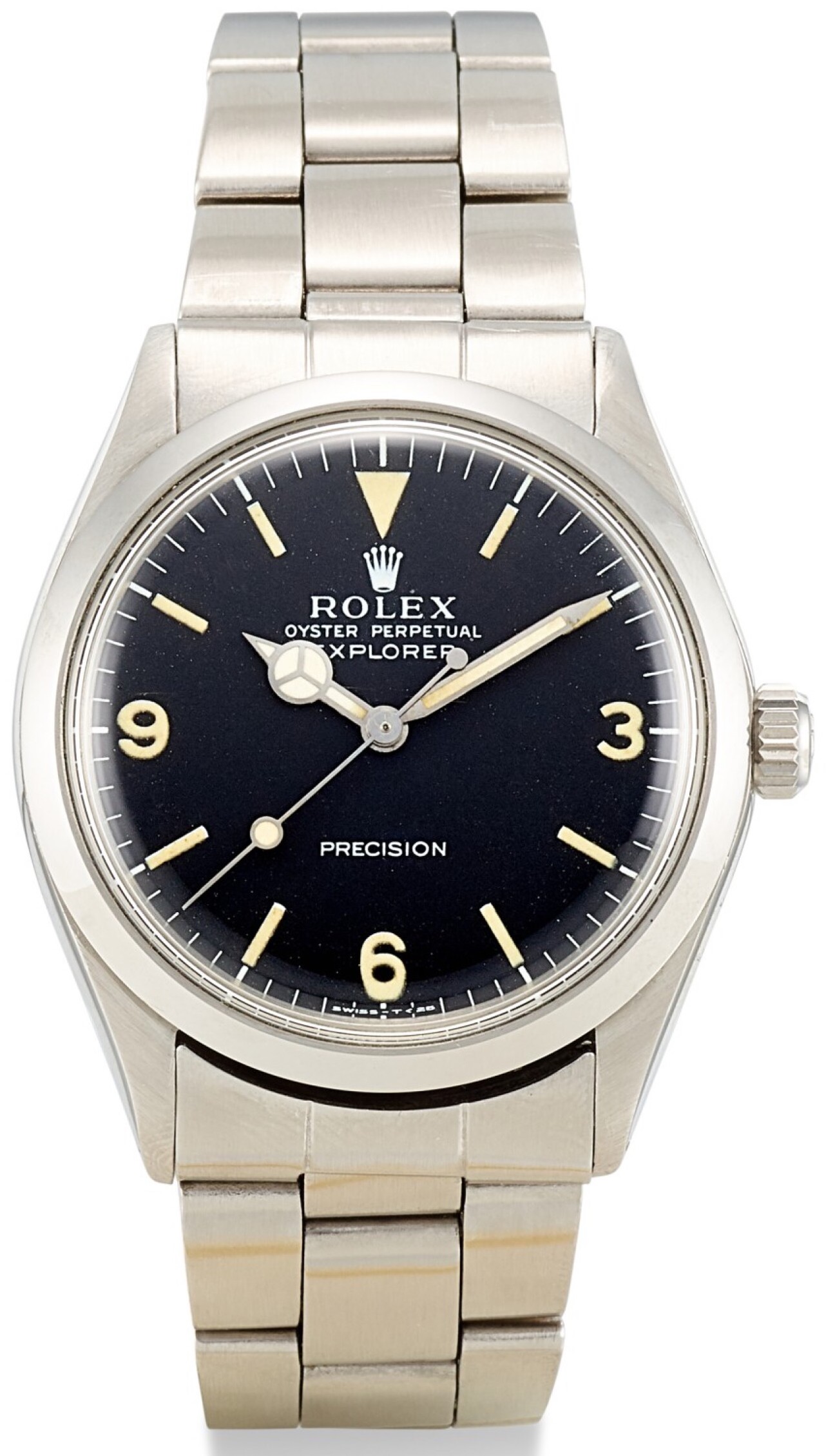
Explorer 1016 Space-Dweller
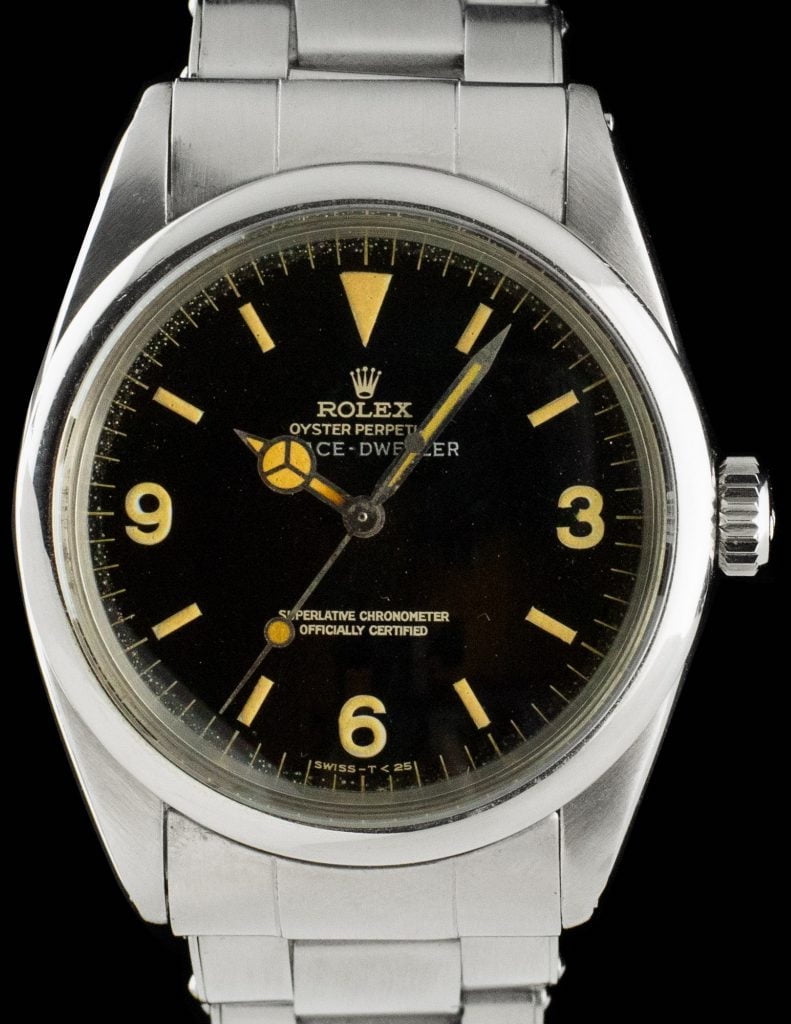
Explorer 6429 (“Commando”, extremely rare)
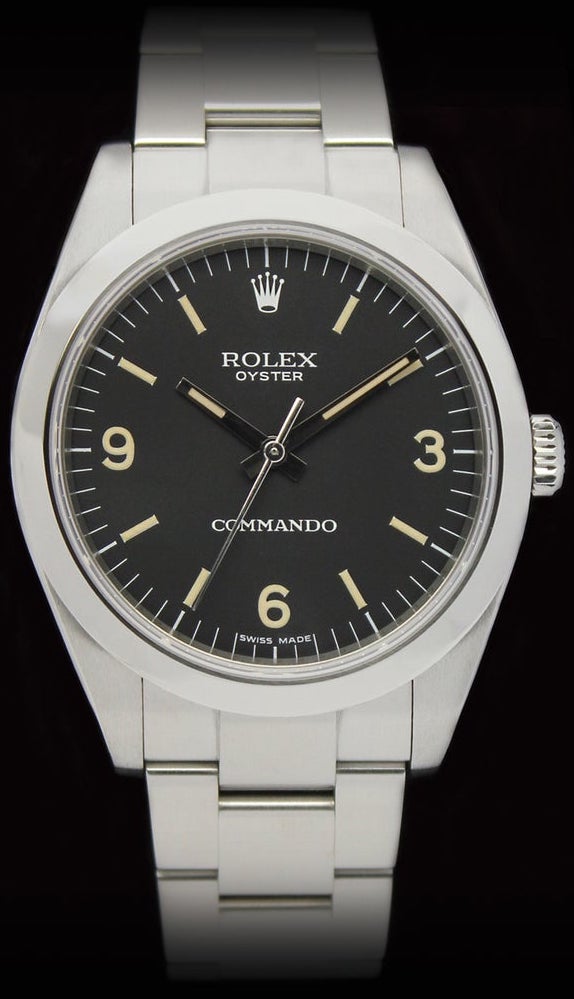
Explorer II 1655/0: 1971-1983
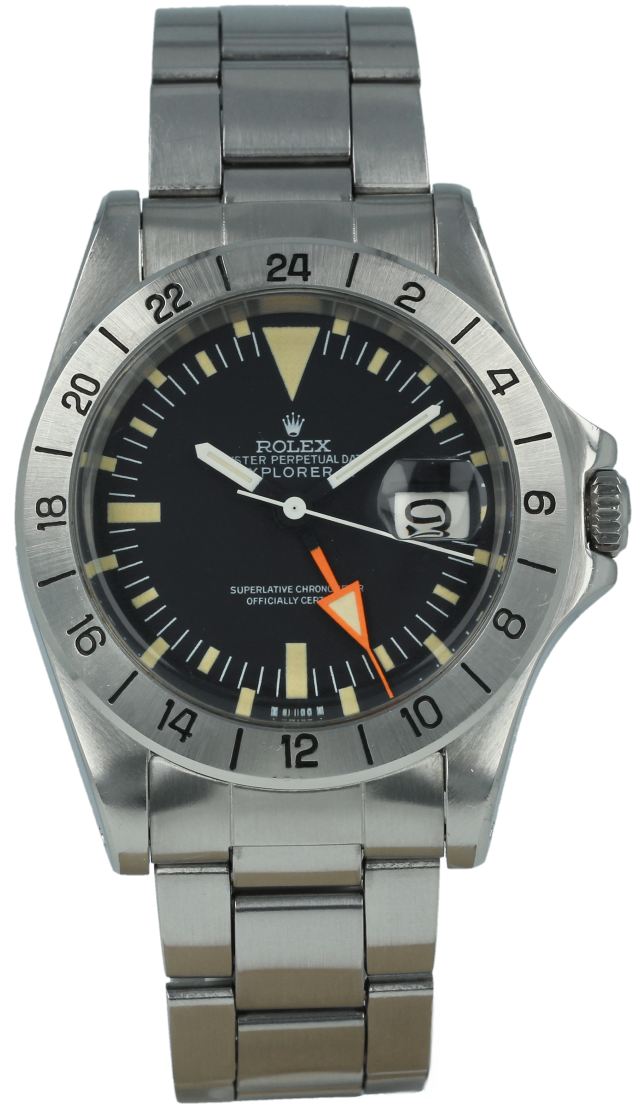
Explorer II 16550: 1983-1990
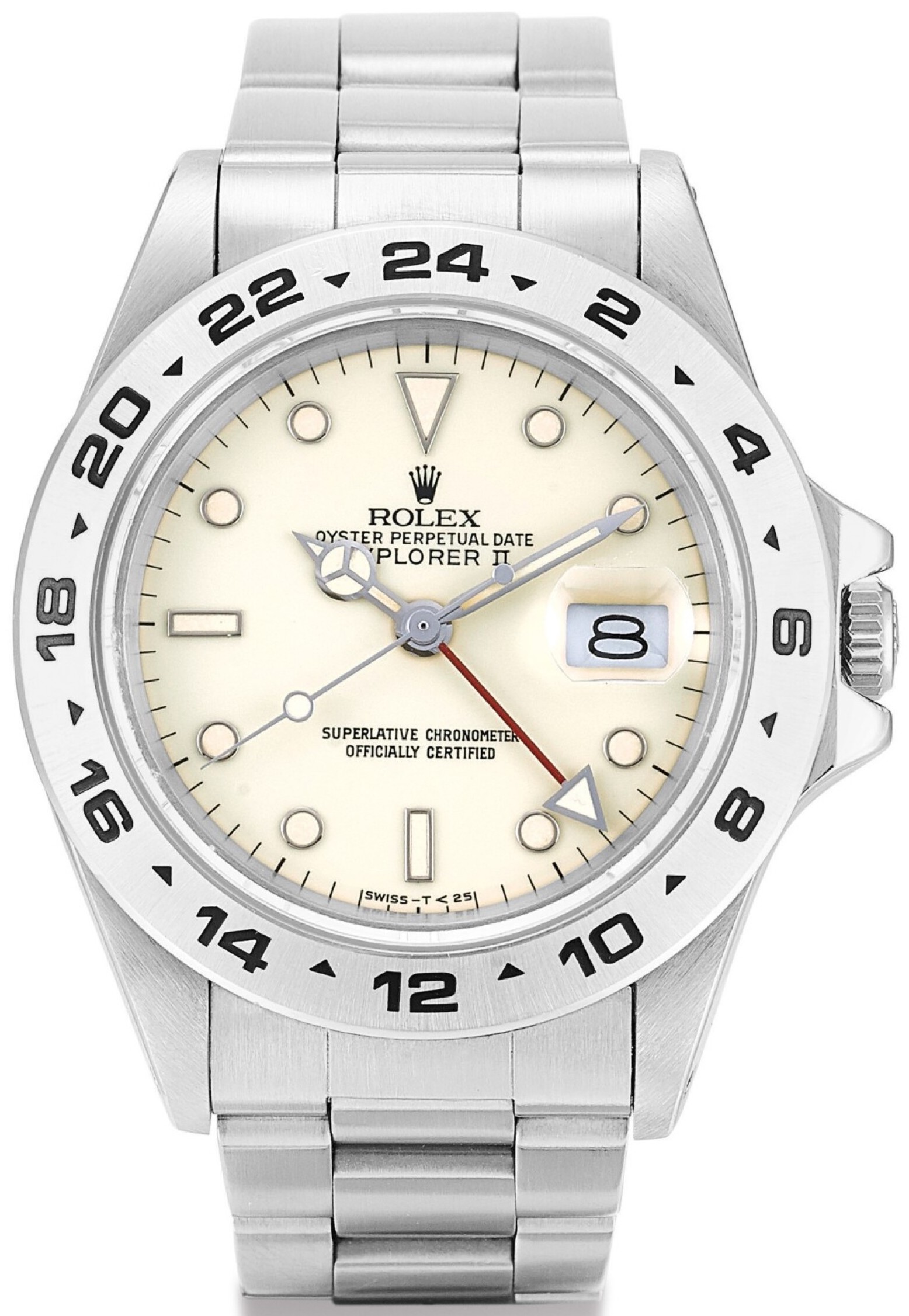
Explorer 14270: 1991-2001
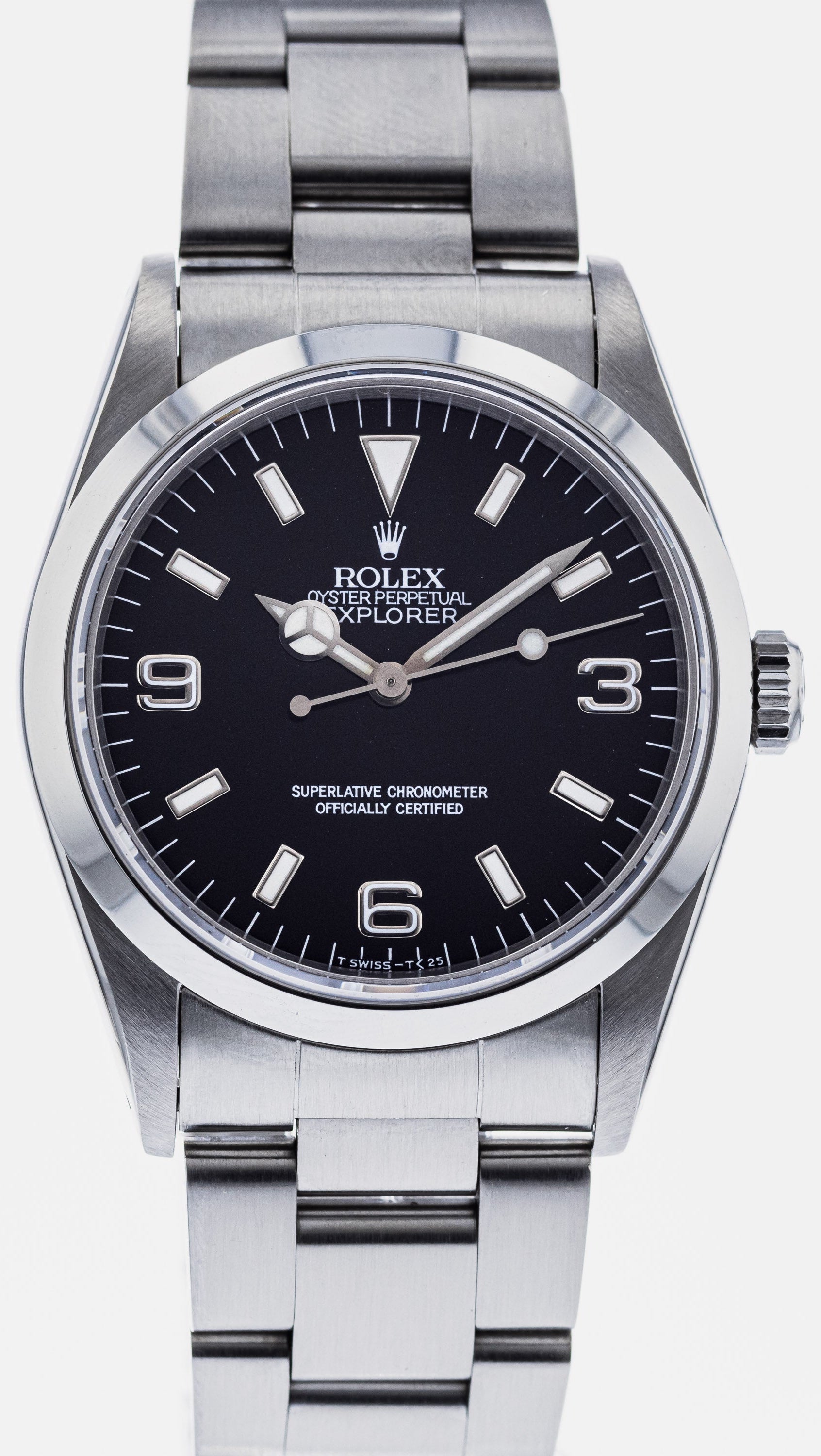
Explorer 114270: 2002-2010

Explorer II 16570: 1989-2011

Explorer II 216570: 2011-2021

Explorer 214270: 2010-2021

Explorer II 226570: 2021-

Explorer 124270: 2021-

Explorer 124273: 2021-
